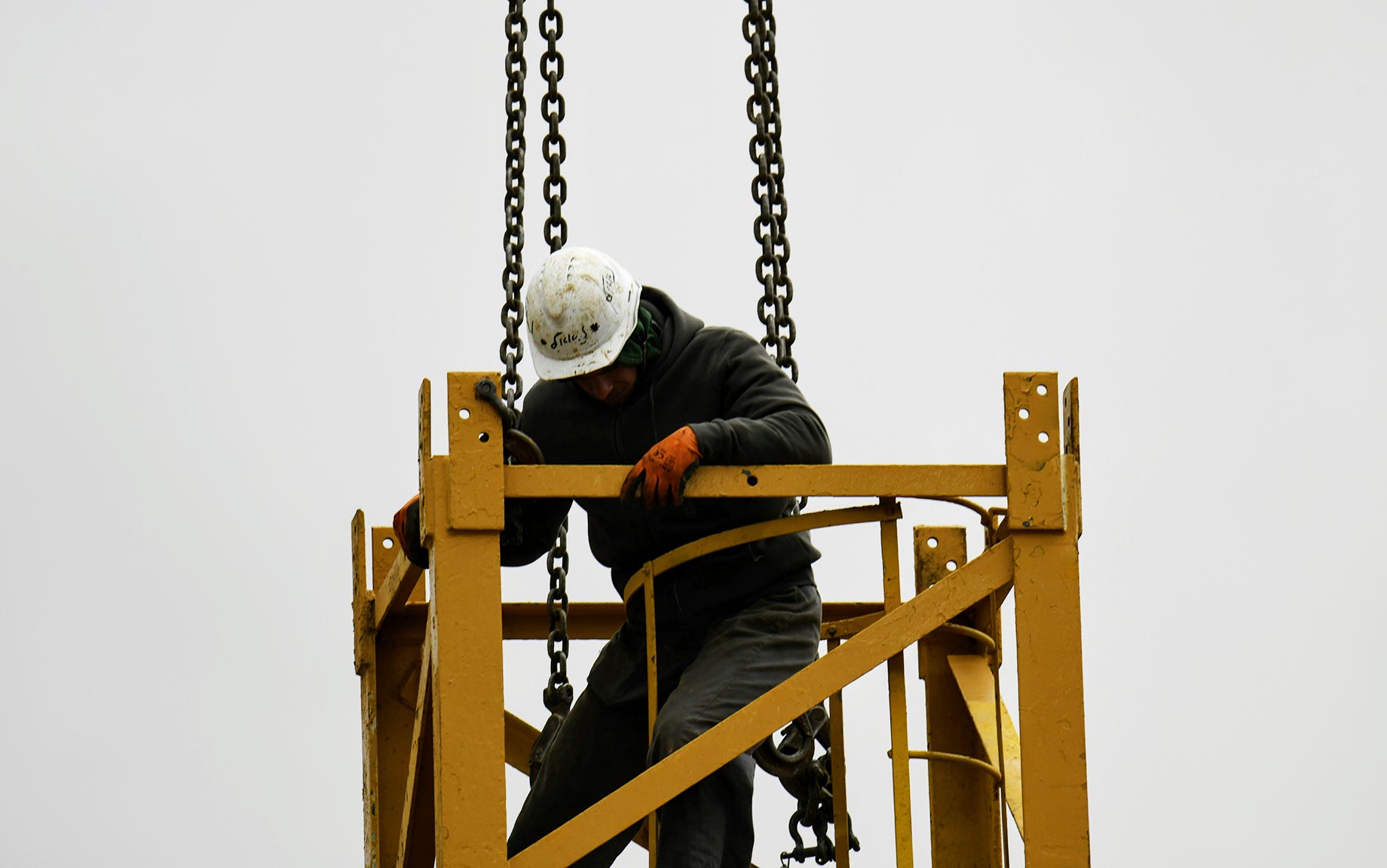
Choosing the right chain sling is crucial for safety and performance when lifting, rigging, or securing heavy loads. Not all chain slings are created equal, and finding a top-quality one requires more than just grabbing the first product on the shelf. For buyers looking to make a smart, informed choice, it’s essential to understand what makes a chain sling stand out in the marketplace and how to evaluate the available options. This guide will walk you through key considerations to help you confidently choose the best chain sling.
Understanding Chain Sling Basics
To start, it’s important to understand what a chain sling is and why it’s used. Chain slings are flexible lifting devices made from high-strength steel chains that can handle heavy, repetitive lifts in construction, manufacturing, and shipping industries. They are known for their durability, resistance to extreme temperatures, and ability to perform under harsh conditions. Unlike synthetic or wire rope slings, chain slings excel in rugged environments where other materials might fail. Buyers who understand these fundamentals are better positioned to evaluate the products they come across.
Knowing the Different Types
One of the most important aspects of selecting a top-quality chain sling is understanding the available types. There are single-leg slings, double-leg slings, triple-leg slings, and quadruple-leg slings, each designed for specific applications and load configurations. Also, chain slings come in grades such as Grade 80, Grade 100, and even Grade 120, with each grade indicating the chain’s strength and working load limits. Buyers should take time to match the type and grade of the sling to their specific lifting needs to ensure both safety and efficiency.
Inspecting Material Quality
Material quality is one of the clearest indicators of a high-quality chain sling. Reputable manufacturers use alloy steel, which provides superior strength, toughness, and resistance to wear and fatigue. When assessing a chain sling, look for well-finished, uniform links with no cracks, excessive wear, or visible deformities. Even minor flaws can signal weaknesses that may compromise the sling’s safety under heavy loads. Investing in a sling with proven material quality improves performance and longevity.
Checking for Certifications
Another essential step in the buying process is to verify that the chain sling meets industry standards and certifications. Look for products that comply with regulations such as ASME B30.9 and have clear identification tags showing working load limits, size, and reach. These certifications are not just bureaucratic details but critical assurances that the product has been tested and approved for demanding applications. A smart buyer always prioritizes slings that come with legitimate certifications and traceability.
Evaluating Manufacturing Reputation
The manufacturer’s reputation plays a major role in determining the quality of a chain sling. For decades, companies in the industry have had rigorous quality control processes and a track record of reliability. Researching manufacturer reviews, customer testimonials, and case studies can offer valuable insight into whether a particular brand consistently delivers dependable products. Choosing a reputable manufacturer ensures product quality and provides access to better warranties and customer support.
Assessing Load Capacity Needs
Every lifting operation has requirements; understanding your specific load capacity needs is critical. Using an underrated chain sling for its weight can lead to catastrophic failures, while overestimating needs can incur unnecessary costs. Buyers should carefully calculate the maximum load, including weight distribution, lifting angles, and environmental conditions. This ensures that the selected sling matches the job’s technical and safety requirements.
Considering Adjustability and Accessories
Modern chain slings offer a variety of adjustable features and accessories to improve their flexibility and usability. Features like adjustable legs, shortening hooks, and master links allow users to adapt the sling to different tasks without needing multiple products. This versatility is particularly valuable in industries where efficiency and adaptability are key. Buyers who prioritize slings with built-in adjustability can often streamline operations and reduce overall equipment costs.
Prioritizing Safety Features
Safety should always be a top priority when selecting a chain sling. Look for safety features such as secure hooks with latch mechanisms, overload indicators, and self-locking systems. These elements help prevent accidents and make the operator’s job easier and more predictable. A smart buyer understands that cutting corners on safety can have far-reaching consequences, so it’s worth investing in products with robust safety features.
Comparing Price vs. Value
While it may be tempting to choose the lowest-priced option, smart buyers understand the importance of balancing price and value. A higher upfront cost reflects better materials, quality, and long-term performance. On the other hand, cheap chain slings may save money initially, but can lead to higher costs due to frequent replacements, failures, or safety incidents. Comparing products side by side and weighing their long-term value helps ensure you make a cost-effective yet high-quality purchase.
Buying from Trusted Suppliers
Finally, purchasing from a trusted supplier makes a significant difference. Established suppliers typically offer better product guarantees, technical support, and after-sales service. They are also more likely to stand by their products and assist with any issues. Whether buying online or through a local distributor, working with a reputable supplier adds more confidence to your purchase.
Finding top-quality Chain Slings demands attention to detail, product knowledge, and smart decision-making. Buyers can make confident, informed choices by understanding the types of slings, inspecting material quality, verifying certifications, evaluating manufacturers, and considering safety and value. Investing in a reliable chain sling improves operational efficiency and safeguards people and assets on the job site. With the right approach, every buyer can confidently navigate the marketplace and secure the best possible equipment for their needs.